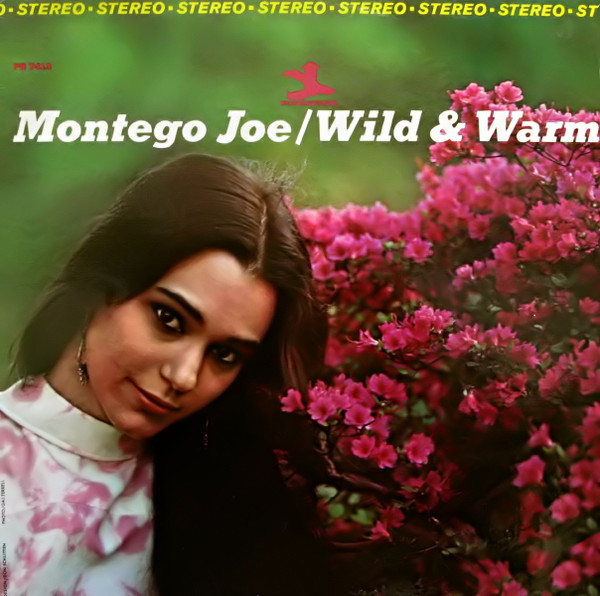LISTEN TO ONE: Haitian Lady
The session log includes a credit as arranger/conductor for tenor sax man Al Gibbons. Gibbons had a solid career without ever quite breaking through to the top ranks. He played in the orchestras of Earl Hines and Woody Herman, and also in the avant garde Jazz Composer's Orchestra. He worked with Stanley Turrentine and the Manhattan Transfer. And here his job seems to have been to create a Montego Joe for the masses, although one suspects that producer Lew Futterman's may have been the heavier hand.
The music presented here is rhythmically akin to the rock 'n' roll and rhythm 'n' blues of the discotheques and teen hops--but with a difference. The "big beat," with which almost everyone is familiar, has been seasoned generously with a variety of twists and turns from African tribal musical traditions and from African-American music of Latin America and the Caribbean.
In short, like "Tequila." Or like Perez Prado. As someone who lived through that era, I can't help but follow the twists and turns of Mr. Squibb's attempts to find a balance. The rhythm 'n' blues of discotheques? For a start, who used the 'n' of rock 'n' roll to talk about rhythm and blues? But if you were young and representing yourself as a hip aficionado of jazz, you couldn't admit to liking rock 'n' roll...but it was sort of OK to like rhythm and blues.
Sorry, I can't help myself. Squibb's discomfort in being a jazz purist writing about impure music reveals itself in his compulsive need to put words into quotation marks, that familiar device that signals "I'm really better than this, I'm not really saying this":
The music of Wet and Wild was designed to get people to "shake that thing"--and not just that thing but everything [until] you are no longer "doing" the dance...but are a creature of the music and--perhaps--of something beyond music as we know it. [Perhaps you have seen them] "doing" the Frug, the Monkey, or the Swim.
The tunes on this LP, intended to emphasize the "commercial" aspects, have been selected with "the younger crowd of dancers" in mind.
Montego...continues to demonstrate...the ways in which supposedly "alien" melodic and rhythmical material can be combined with "native" jazz and pop material...
So Montego Joe and producer Lew Futterman set out to make a commercially successful pop album. It was certainly something that Futterman proved good at, in his work with Jack McDuff and George Benson, and his later work with rockers like Ted Nugent. He would also become even more commercially successful as a real estate developer.
Why didn't it work with Montego Joe? Who knows why things do or don't take off commercially? But also, perhaps, Joe's heart wasn't one hundred percent in it. Although he continued to work as a percussionist on a number of jazz (and a few pop) sessions, his heart was more and more with education and youth work, as described in the notes to his previous Prestige album.
Al Gibbons, trumpeter Leonard Goines, and drummer/percussionist Milford Graves all appeared on the previous album. New for this session are Arthur Jenkins, piano; Ed Thompson, bass; and Sonny Morgan, miscellaneous percussion, suggesting that the budget may have been tighter this time around, or that for a more commercial dance sound, they didn't really need Chick Corea and Eddie Gomez. Jenkins, who during this period was primarily working with pop/reggae singer Johnny Nash, would go on to become a much-sought-after accompanist, working with John Lennon, Harry Belafonte and Bob Marley, among others. Sonny Morgan worked with Milford Graves on his first album as leader, and later with avant-garde vocalist Leon Thomas, among others. Less is known about Ed Thompson.
"Ouch" and "Give it Up" were the two sides of the only 45 RPM single release. Wild & Warm was recorded at Futterman's preferred Regent Sound Studios in Manhattan. I've selected "Haitian Lady," composed by Harold Ousley, as the most interesting track for me. But the whole album is pretty good for "dancing."


No comments:
Post a Comment